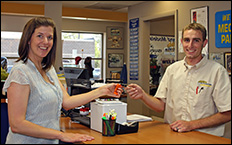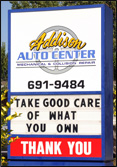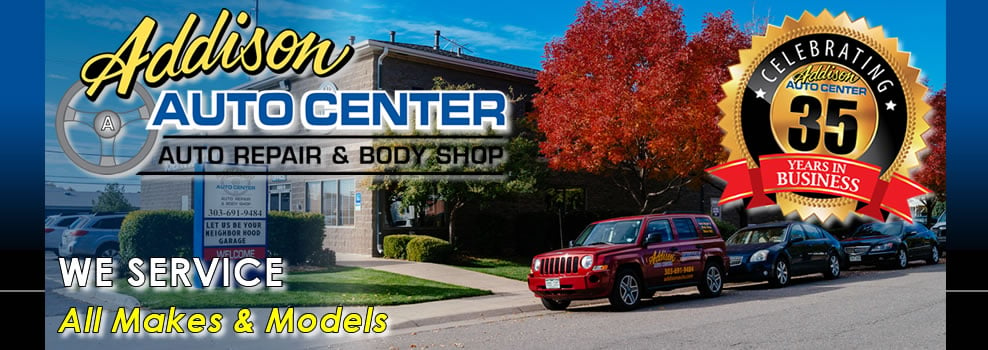Maintenance
Maintenance pays off
 A well adhered to maintenance program pays off in numerous ways. Keeping a vehicle up to 200,000 miles versus buying a new car more often, saves tens of thousands of dollars. Keeping maintenance up to date keeps a vehicle much more reliable and less prone to a breakdown or emergency repair.
A well adhered to maintenance program pays off in numerous ways. Keeping a vehicle up to 200,000 miles versus buying a new car more often, saves tens of thousands of dollars. Keeping maintenance up to date keeps a vehicle much more reliable and less prone to a breakdown or emergency repair.
The maintenance schedule in the owner’s manual isn’t always complete. Every car maker wants their car to be perceived as “low maintenance”, hence 10,000 mile oil changes, 100,000 mile sparkplug changes and “lifetime” coolant. It’s not what is best for the vehicle but it looks good in the glove box on the showroom floor.
Fluid changes are one part of maintenance.
These are:
- Engine oil and filter change
- Transmission fluid flush. A drain and fill only replaces 25-30% of the fluid.
- Brake fluid change: Over time brake fluid absorbs water and will corrode the hydraulic components.
- Power steering fluid change: This gets rid of the metal particles that the fluid accumulates.
- Cooling system flush: When corrosion inhibitors are used up corrosion begins to choke off the flow through the radiator.
Filters are also maintenance items.
- Engine air filter: When this gets dirty and clogged performance or fuel economy will suffer.
- Fuel filter: When it gets clogged, the fuel pump is forced to pump harder, creating more heat and shortening the life of the pump. It’s not unusual for a fuel pump replacement to cost over $500.
- Passenger compartment filter (cabin filter): It filters out pollen and dust from air coming through the heater and AC ducts.
 Belts
Belts
- Drive belts or serpentine belts: These drive the water pump, alternator, power steering pump and AC compressor. The belt becomes dry and cracked and if it breaks the car will not be drivable.
- Timing belt: This keeps the pistons and valves in sync and if it breaks, severe engine damage could occur. The replacement interval is usually between 60,000 and 100,000 miles.
Tires
- Tire rotation: Tires should be rotated every 6000-10,000 miles to avoid uneven wear.
- Alignment: A vehicle that is out of alignment will handle poorly, wear out tires or both. Alignments should be done at least once a year.





